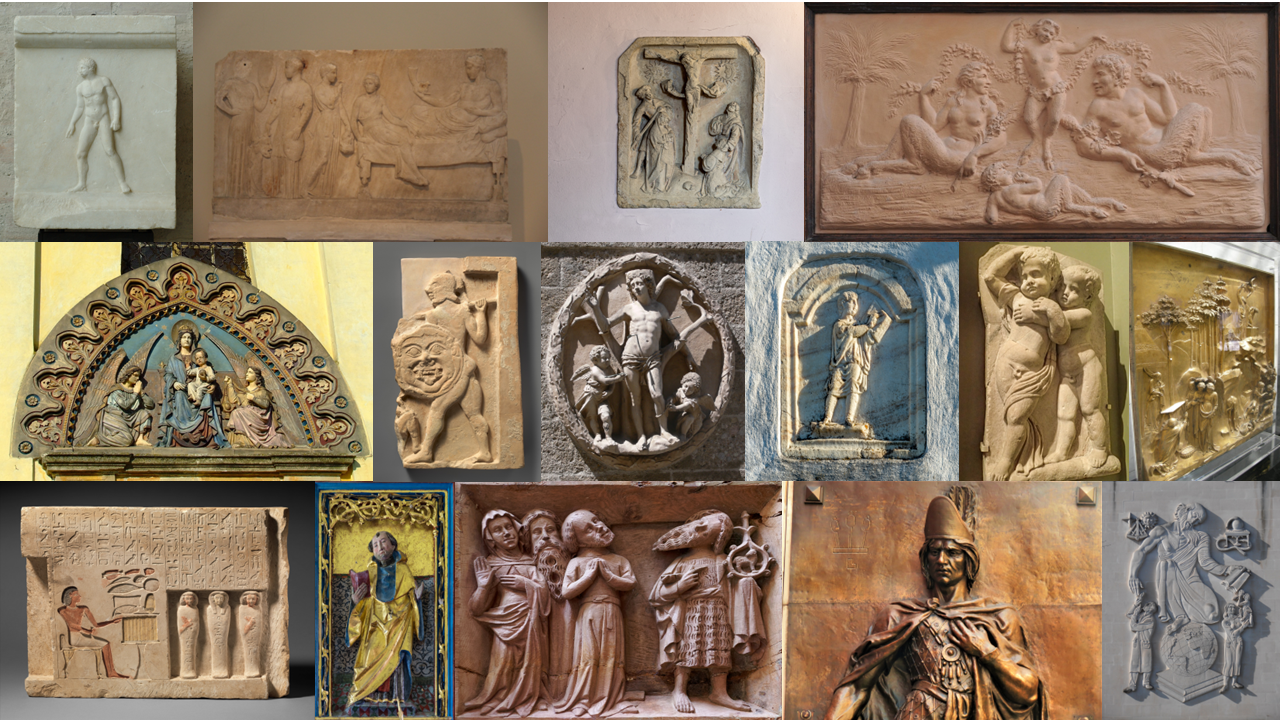Human-Art:A Versatile Human-Centric Dataset Bridging Natural and Artificial Scenes
Humans have long been recorded in a variety of forms since antiquity. For example, sculptures and paintings were the primary media for depicting human beings before the invention of cameras. However, most current human-centric computer vision tasks like human pose estimation and human image generation focus exclusively on natural images in the real world. Artificial humans, such as those in sculptures, paintings, and cartoons, are commonly neglected, making existing models fail in these scenarios.
As an abstraction of life, art incorporates humans in both natural and artificial scenes. We take advantage of it and introduce the Human-Art dataset to bridge related tasks in natural and artificial scenarios. Specifically, Human-Art contains 50k high-quality images with over 123k person instances from 5 natural and 15 artificial scenarios, which are annotated with bounding boxes, keypoints, self-contact points, and text information for humans represented in both 2D and 3D. It is, therefore, comprehensive and versatile for various downstream tasks. We also provide a rich set of baseline results and detailed analyses for related tasks, including human detection, 2D and 3D human pose estimation, image generation, and motion transfer. As a challenging dataset, we hope Human-Art can provide insights for relevant research and open up new research questions. For detailed descriptions, please refer to Human-Art.
Illustrations of HumanART Dataset
1. Natural Scenarios

2. 3D Artificial Scenarios

3. 2D Artificial Scenarios

@inproceedings{ju2023humanart,
title={Human-Art: A Versatile Human-Centric Dataset Bridging Natural and Artificial Scenes},
author={Ju, Xuan and Zeng, Ailing and Jianan, Wang and Qiang, Xu and Lei, Zhang},
booktitle={Proceedings of the IEEE/CVF Conference on Computer Vision and Pattern Recognition (CVPR),
year={2023}
}